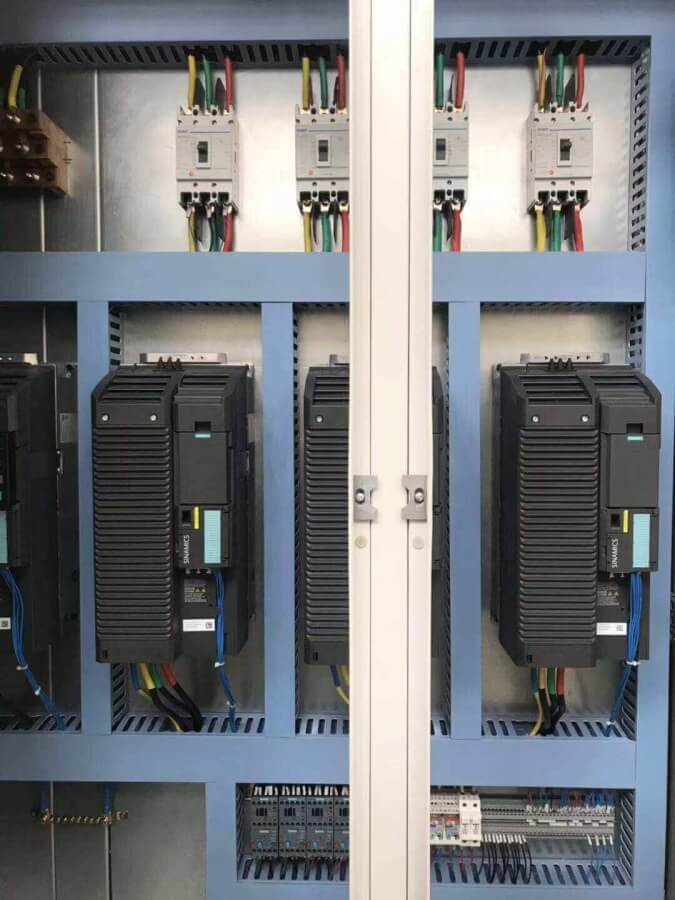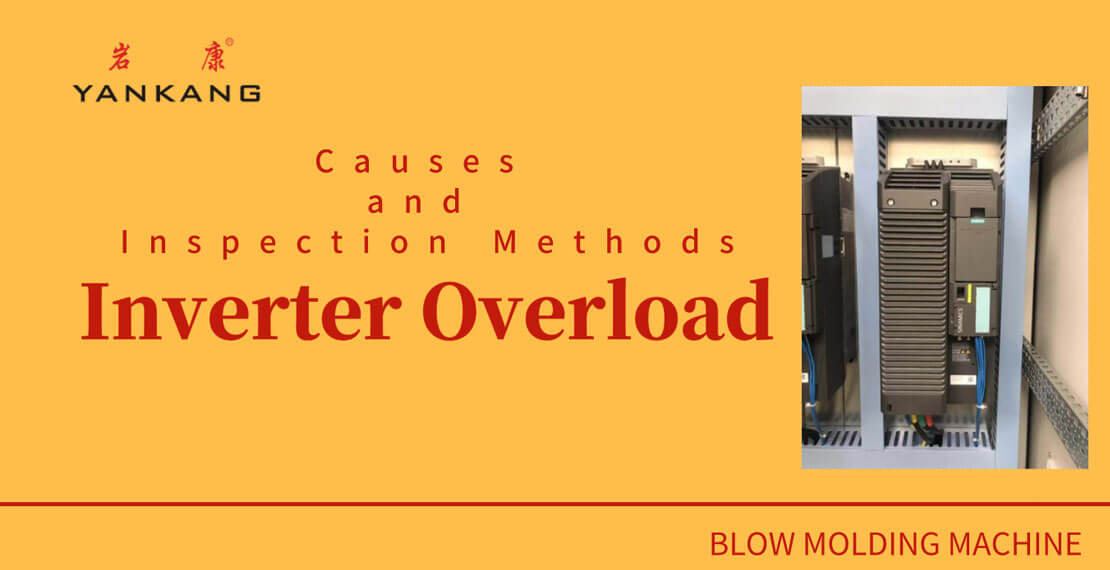The reason and check method of frequency inverter overload trip are what we will share today.
What is inverter overload?
The motor can rotate, but the running current exceeds the rated value, which is called overload. The basic reflection of overload is that although the current exceeds the rated value, it does not exceed the rated value by a large margin, and generally does not form a large impulse current.
What are the main causes of frequency inverter overload?

1.Wrong action.
The fault occurred in the current detection part of the frequency inverter, and the detected current signal was too large, leading to tripping.
2.Heavy mechanical load.
The main feature of heavy load is the heating of the motor, which can be found by reading the running current from the display screen.
3. The unbalanced three-phase voltage causes the operating current of a certain phase to be too large, leading to overload tripping.
It is characterized by uneven heating of the motor, which may not be found when reading the running current from the display screen (because the display screen only displays one phase current).
These are three possible causes of inverter overload.
So how do you do that?
Get to the point.
Frequency inverter overload inspection method
-
Check whether the three-phase voltage on the motor side is balanced.
If the three-phase voltage at the motor side is not balanced, the three-phase voltage at the inverter output side should be checked again. If it is unbalanced, the problem is inside the inverter.
If the voltage balance of the inverter output, the problem lies in the circuit between the inverter and the motor. Check that all the bolts at the terminals are tightened.
If there are contractors or other electrical appliances between the frequency inverter and the motor, it is necessary to check whether the wiring terminals of the relevant electrical appliances have been tightened and whether the contact state of the contacts is good.
If the three-phase voltage at the motor side is balanced, the operating frequency during tripping should be known.
If the operating frequency is low and no vector control (or no vector control) is used, the U/f ratio is first reduced. If the load can still be driven after reduction, it indicates that the preset U/f ratio is too high and the peak value of excitation current is too large. The current can be reduced by lowering the U/f ratio.
If the reduction with a fixed load, you should consider increasing the capacity of the inverter. If the inverter has a vector control function, the vector control mode should be adopted.
-
Check whether the motor is heated.
If the temperature rise of the motor is not high, the electronic thermal protection function of the frequency inverter should be checked first. The preset value of the electronic thermal protection function should be relaxed if there is still room for the inverter.
If the temperature rise of the motor is too high, and the overload is normal overload, the motor is overloaded.
At this time, the first should be appropriate to increase the transmission ratio, in order to reduce the load on the motor shaft. Increase the transmission ratio if possible. If the transmission ratio cannot be increased, the capacity of the motor should be increased.
Above are the frequency inverter overload trip reason and the inspection method.
That’s all.
For more information about blow molding machines, please visit our blow molding machine blog.

